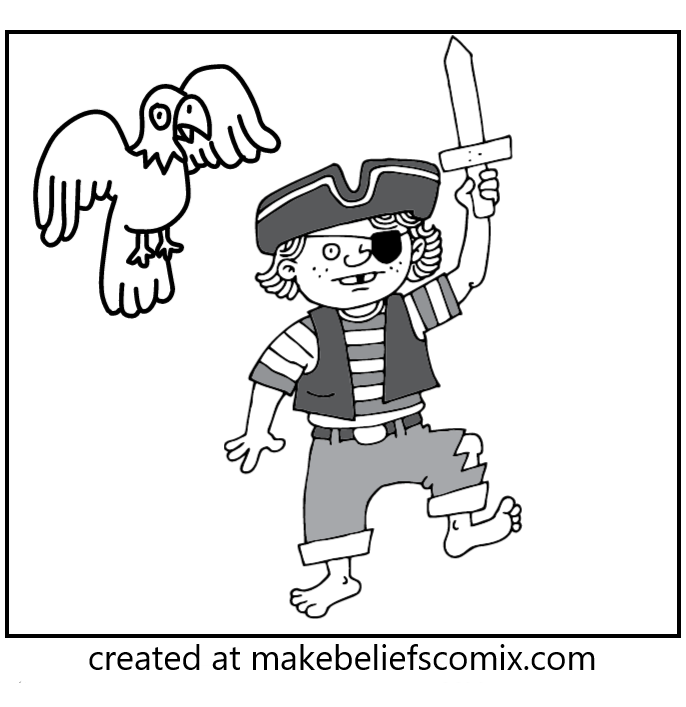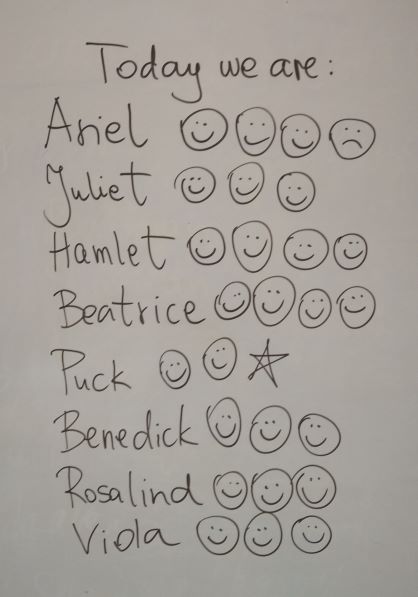The rebellion at the age of 7

There were twelve of them, year one. I would come to their school, to teach them for 30 minutes, four times a week, during their siesta break, after they had had their lunch at the school canteen and while their friends and peers were running wild during the remaining part of the break.
Probably, the problems were partly rooted in that very set-up because sometimes the kids were waiting for me in the classroom but sometimes, I had to take them off the playground, interrupting the game and replacing their doing nothing time with yet another lesson, no matter how good, already in a difficult position. This, of course, was something that I had no impact on and could do nothing about it. That was the set-up and that’s what I did deal with.
And overall, very successfully. I loved working with these kids. We did build the routine, they were responsive and, with time, I did learn how to manage their energy and to make the lessons effective. They were the perfectest kids in the world. All went well. Too well.
The Easter Break disaster
Somehow, when we got back in April, after only a week away, everything changed. Until this day I have no idea what actually did happen and I am none the wiser despite the fact that I spent hours discussing the group with my mentor and trainer on the IH CYLT course, the YL advisor and colleagues. It was, literally, as if someone had snatched my lovely students and replaced them with a bunch of wild, rebellious kids that behaved as if the previous seven months had not happened. They just snapped. It was or it felt like a proper rebellion. Imagine a pirate ship, in the middle of the ocean, with the whole crew pretending they had never heard about you being their captain.
I mean, it does happen, especially with the younger kids and especially after a longer break. They do forget the language and the routine and you have to invest a little bit more time in re-establishing yourself in the class. Whatever did happen that year, was a complete disaster, a capital D: D-I-S-A-S-T-E-R.
The recovery
The first lesson, well, it almost did not happen, not according to the definitions of ‘a lesson’ in my dictionary. I focused on surviving. The number of students involved? Two (2): most of the time and zero (0): at times.
Getting ready for the second lesson was like preparing for a battle. I prepared a super cool craft activity, a monkey that could move legs and arms and that we would use to learn and to practice I can with different verbs. The monkey was my ferret. It got some of the kids’ attention and at that point, half of them participated and we had a better (but far from good) lesson.
Over the next few lessons, I had to bend over backwards to come up with more and more supercool-OMG-I-got-to-have-it activities and slowly, over the next two weeks, I got all the kids on board. Back on board. And we did plough through and I was lucky as there were only a few weeks left until the end of the year. Survivable. But we never got back to the state of bliss we had achieved before Easter.
As I have said already, I did discuss this case with many people and no one could offer any solutions and ideas why it would have even taken place. I still do not understand what I had done wrong and really cannot see what I could or would have done differently in the classroom in order to make it better.
But there were things that I could have done outside of the classroom. It was years ago so I am going to presume that this is why I did not think of that back then. I was at the state school, my group was in fact only a half of a class that had studied together, a class that had their own parents and a class that had their own form tutor. Today, I would have asked to talk to their class teacher to find out if there was anything at all that did happen at school but outside of the English hours that could have affected the atmosphere and the behaviour in my classes. Or, I would have asked for her or for the parents’ help to help me resolve that problem.
Lessons to take out of this nightmare?
- You are not alone. Talk to your boss, mentor, supervisor and collagues. The kids may have other teachers, too and it is a good idea to talk to them. The kids do have parents or carers, too! You are not alone.
- Don’t give up! It is always easier to start off the right foot than to reintroduce the law and order.
Happy teaching!
And don’t forget to read about the other epic fail stories, for example this one, here.

